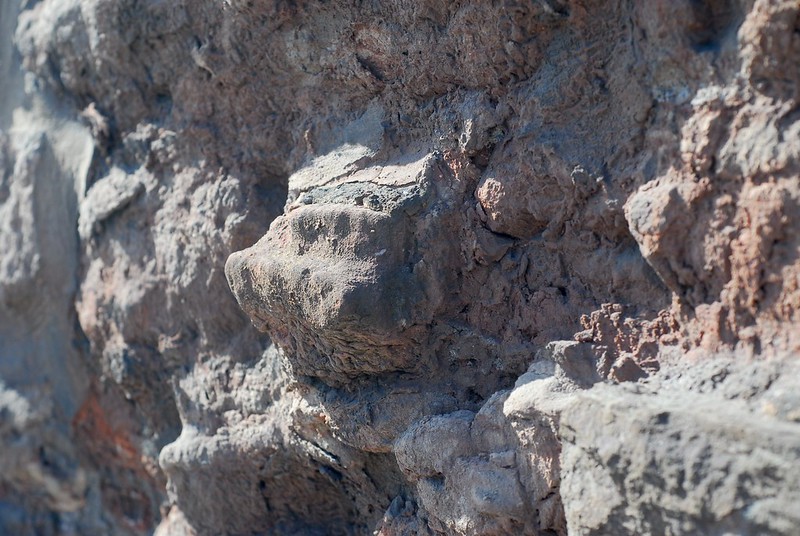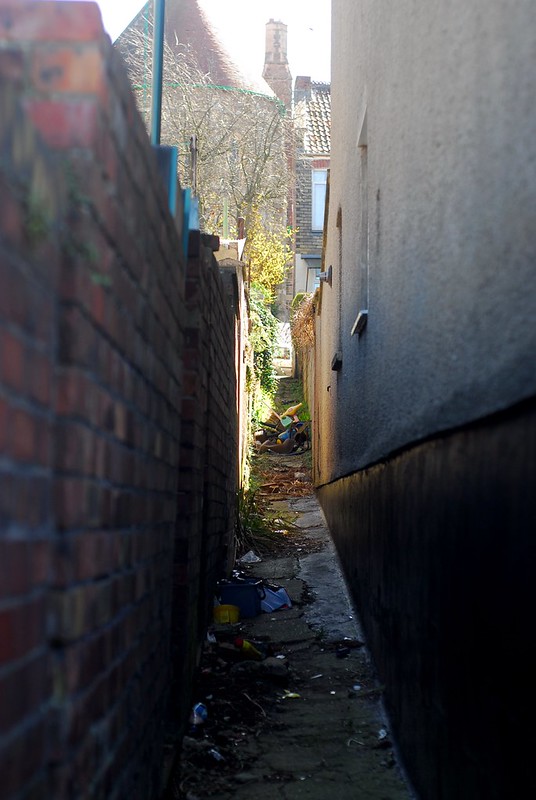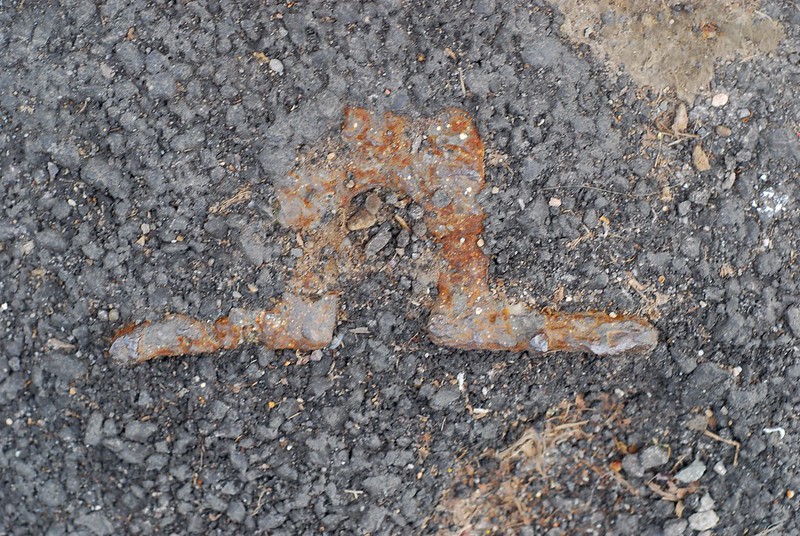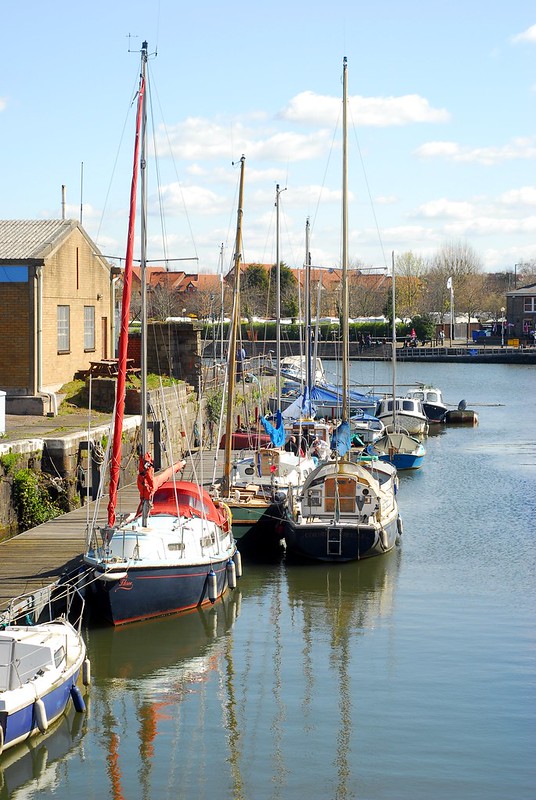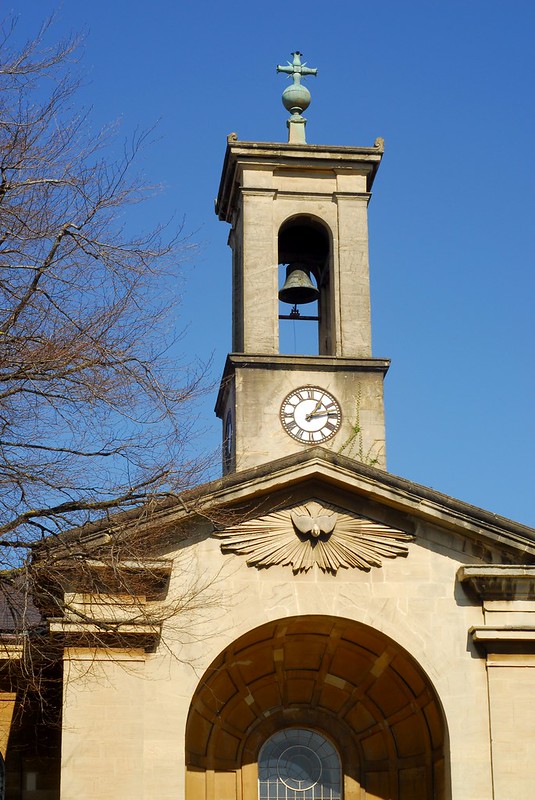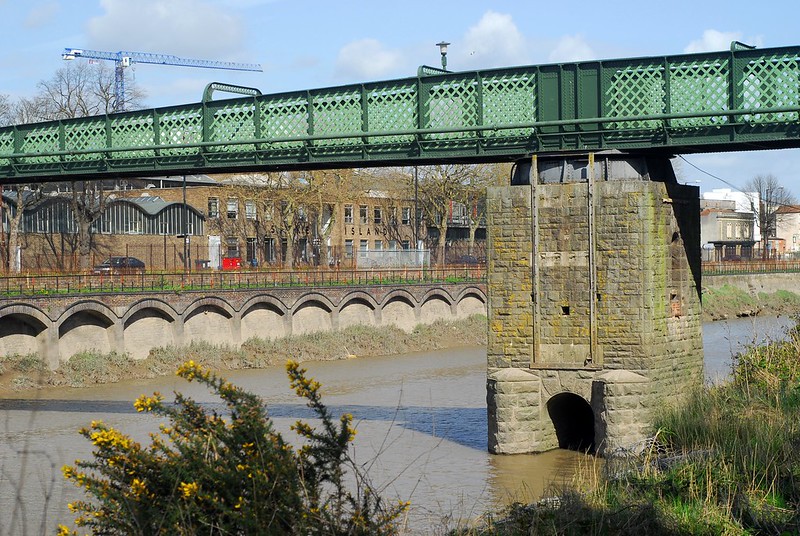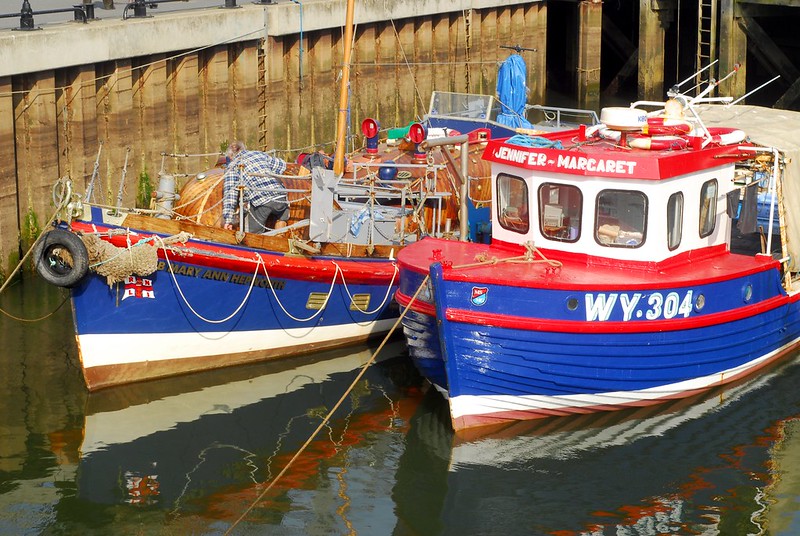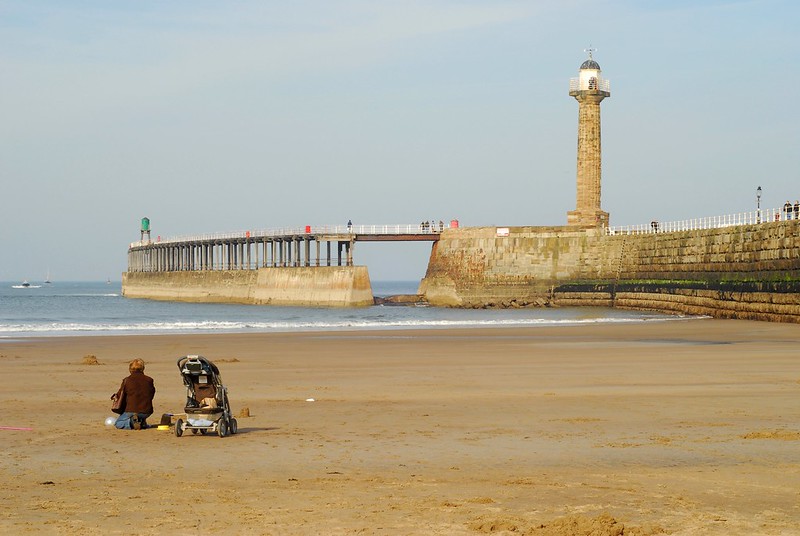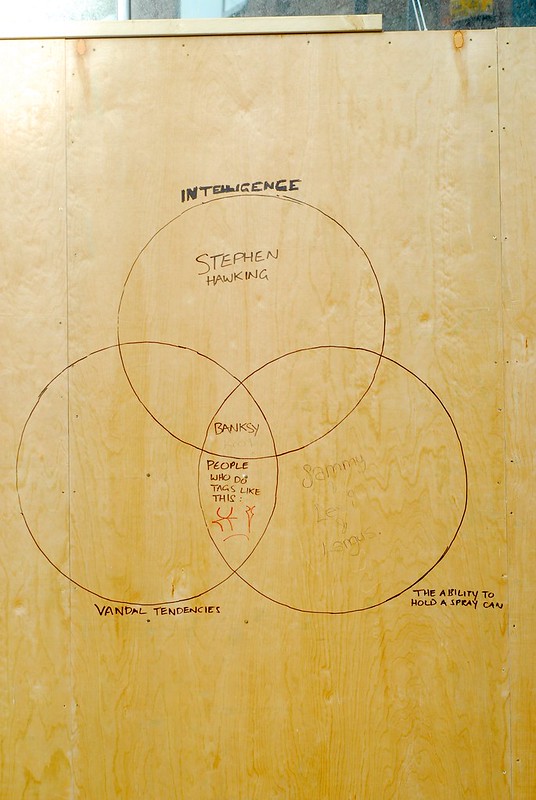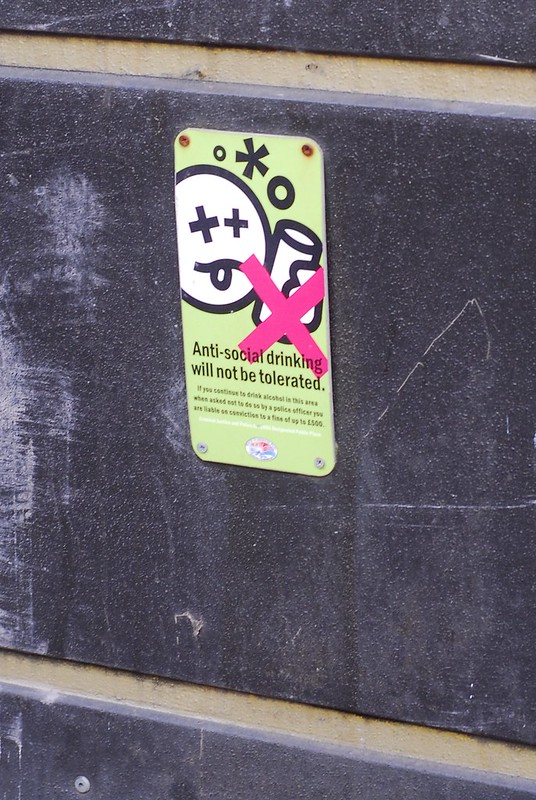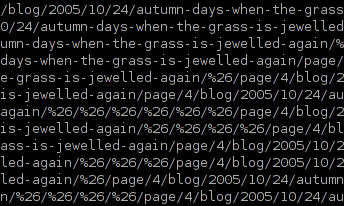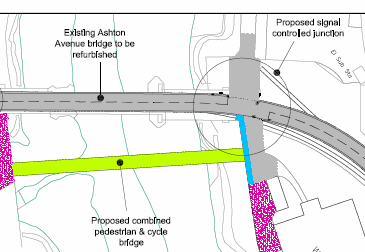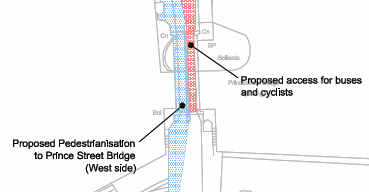Heat
In which we’re cast back to the olden days
You probably thought, like me, that the days of people bathing in a tin bath by the fire, jugs of water heated on the kitchen range, were a thing of the past. To be honest, they probably are. It doesn’t feel like that sometimes, though.
About a month or so ago, I went to do the washing up. Ran the hot tap, waited a few minutes, then felt to see if it had warmed up. Nope. Stone cold.
I waited a bit longer. Still stone cold. Ah. The gas boiler had a flashing light on the front, where no light had flashed before, and its burners were unlit. A swift internet search led me to the boiler manual, and the meaning of said flashing light. “General fault – call our service line”. Oh dear.
Now, the boiler belongs to our landlord, who has it insured, so we don’t, at least, have to pay emergency plumbing rates, call-out fees and so on. This, as you’ll see, is a Good Thing. However, it’s the only source of heating in the house. With no electric shower, it’s the only source of showers, baths, and hot water generally aside from the kitchen kettle. Back to the days of the old tin bath, then.
The landlord called British Gas, and British Gas came to visit. And the boiler was fixed – or, at least, it was working again. But the engineer freely admitted that he had no real idea how exactly he’d cured it. He’d serviced it, given it a bit of a clean-out inside, and it had sprung back into life again. And everything was fine and warm and cosy. For two weeks.
A couple of weeks later, I suddenly realised the heating wasn’t on when it should have been. We checked the boiler, and yes, the fault lamp was there merrily flashing away again. Oops. Come back please, boiler repairman. A different engineer comes back, and proclaims that, for sure, there is nothing at all he can find that’s wrong with the boiler. It might be low pressure in the heating circuit, maybe. We check around, but can’t find any leaks anywhere. There might, he says, be a slow leak somewhere in the dark under the floorboards. If we find where it is, then British Gas will fix it for us; but they won’t go hunting for it. The boiler is working again, though, although again we’re not entirely sure why.
Roll forward to the other day, and I go to do the washing up again. Guess what? No hot water. Broken boiler. Call Landlord. Wait for British Gas. We’re getting rather used to this now.
This time, the first engineer comes back. He does the same thing as before, and gets it going again, without really knowing why it has any effect. This time it keeps working for a few hours, and then, again, stops. So now we’re left with a weekend without hot water. Boiling water from the kettle for a shower, although it would be better described as “a pour”, is really getting annoying, now.
He’s coming back today, with a bevy of spare parts. Just about every spare part available, in fact, in the hope that it’s something replaceable that’s causing the problem. I’m really glad we’re not paying by the visit, given the number of unsuccessful visits we’ve had so far. But, never mind the fact that we don’t have to pay for it, we’re definitely fed up of this now.

 Home
Home